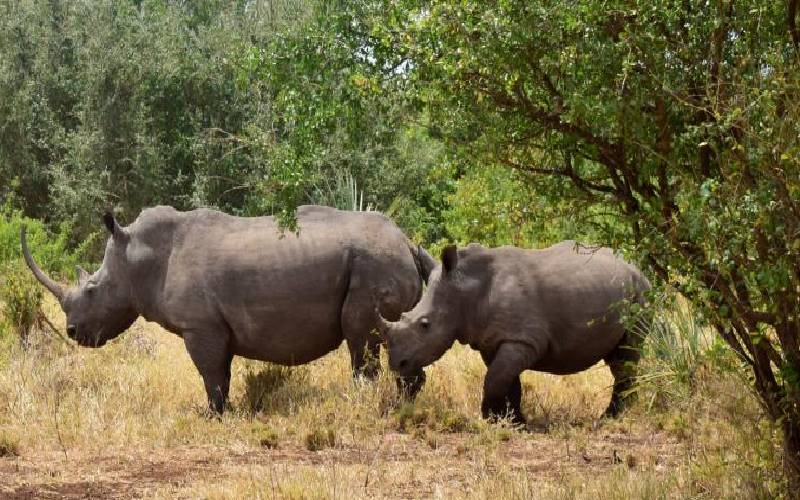×
The Standard e-Paper
Join Thousands Daily

Before poaching became a menace in the 80s, rhinos roamed the Meru National Park freely.
The idea of a sanctuary came later to provide a smaller, controlled and more secure environment for the rhinos which were in danger of becoming extinct. Necessity saw the set up of the park’s sanctuary, which sat across 45 square kilometres.